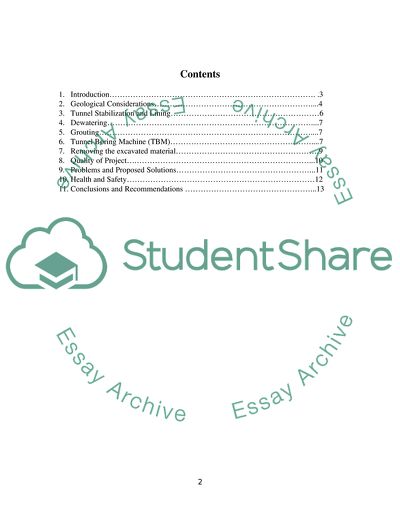Cite this document
(Civil Engineering Construction Case Study Example | Topics and Well Written Essays - 3000 words, n.d.)
Civil Engineering Construction Case Study Example | Topics and Well Written Essays - 3000 words. Retrieved from https://studentshare.org/engineering-and-construction/1736341-construction-technology-2
Civil Engineering Construction Case Study Example | Topics and Well Written Essays - 3000 words. Retrieved from https://studentshare.org/engineering-and-construction/1736341-construction-technology-2
(Civil Engineering Construction Case Study Example | Topics and Well Written Essays - 3000 Words)
Civil Engineering Construction Case Study Example | Topics and Well Written Essays - 3000 Words. https://studentshare.org/engineering-and-construction/1736341-construction-technology-2.
Civil Engineering Construction Case Study Example | Topics and Well Written Essays - 3000 Words. https://studentshare.org/engineering-and-construction/1736341-construction-technology-2.
“Civil Engineering Construction Case Study Example | Topics and Well Written Essays - 3000 Words”. https://studentshare.org/engineering-and-construction/1736341-construction-technology-2.


